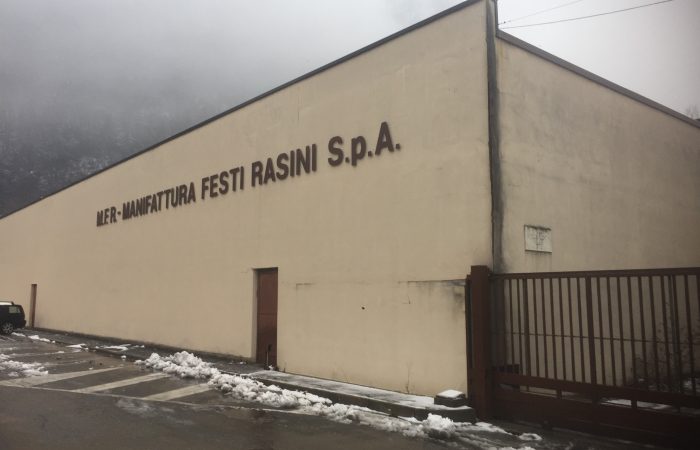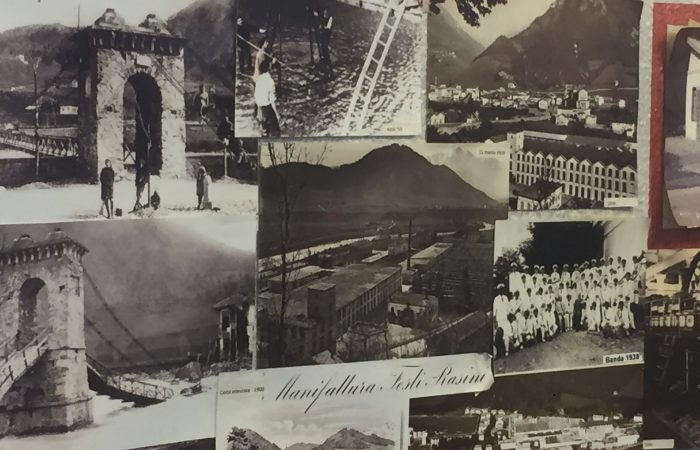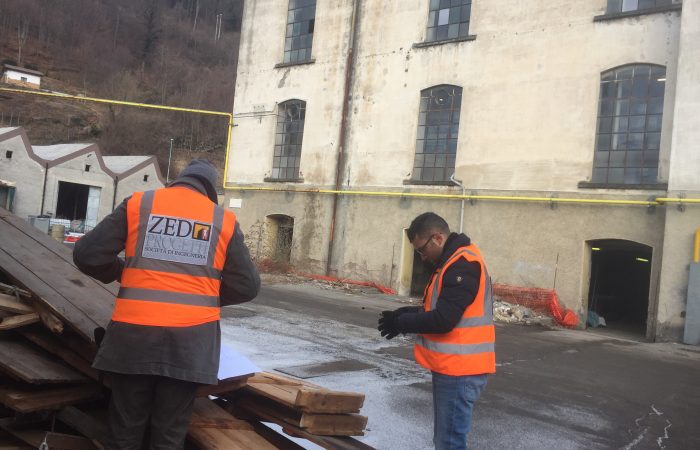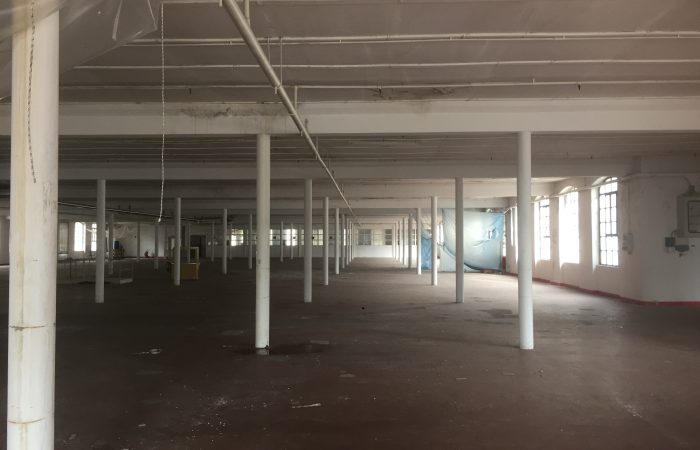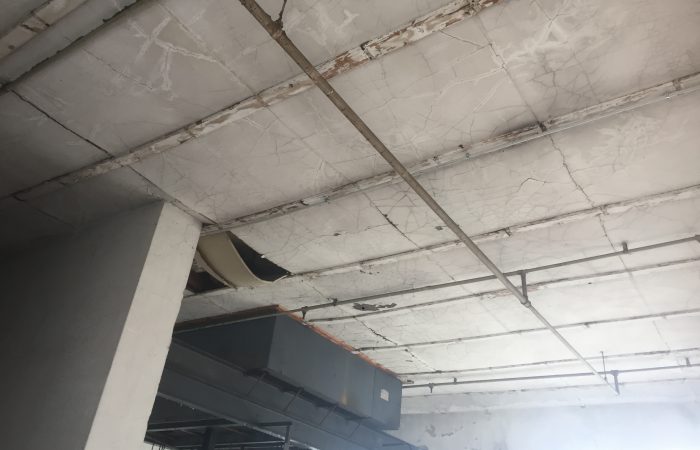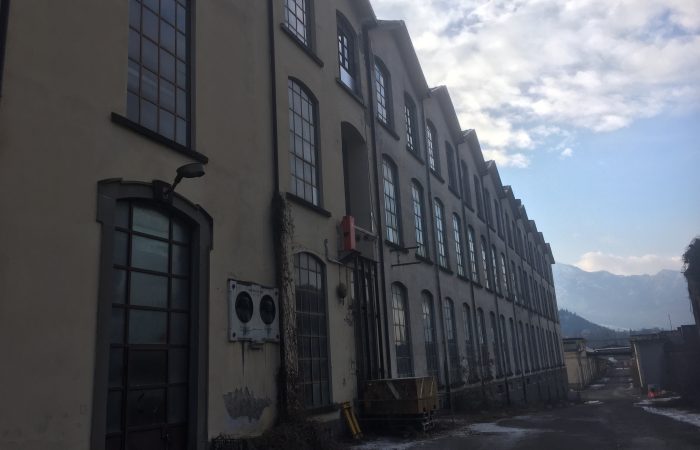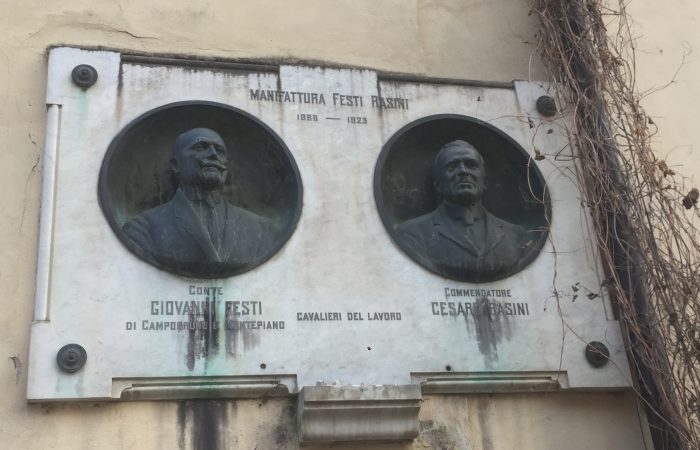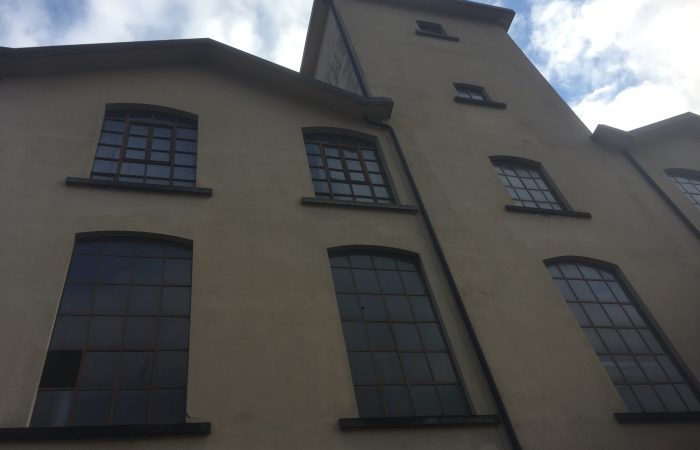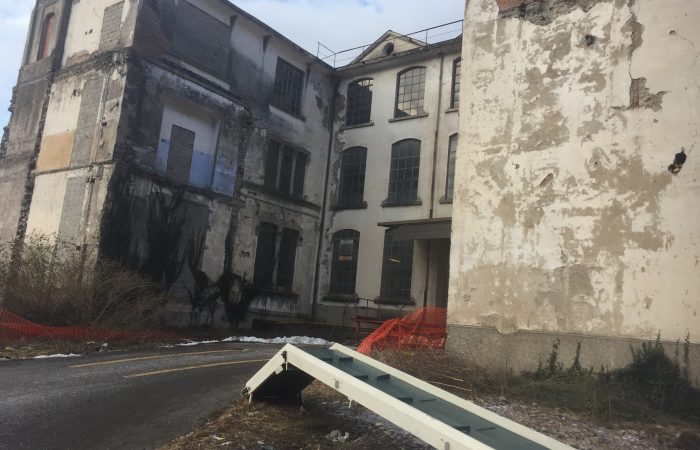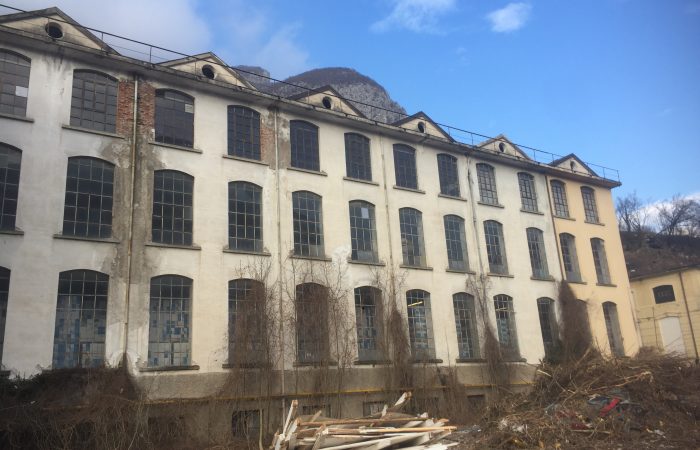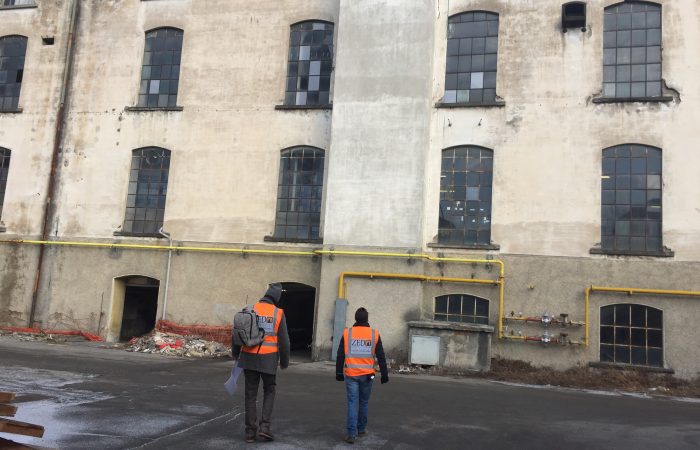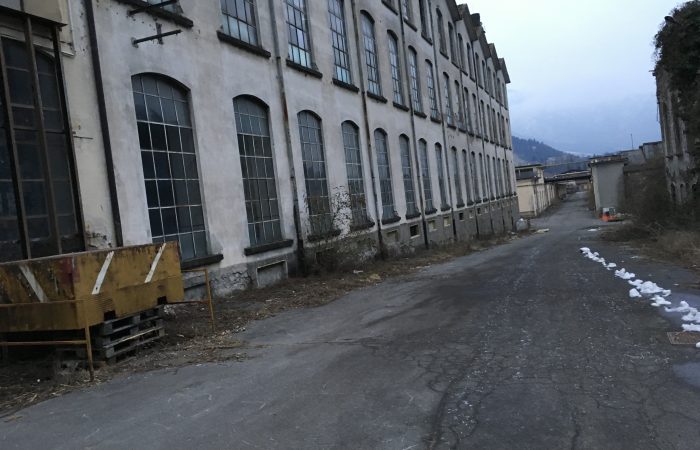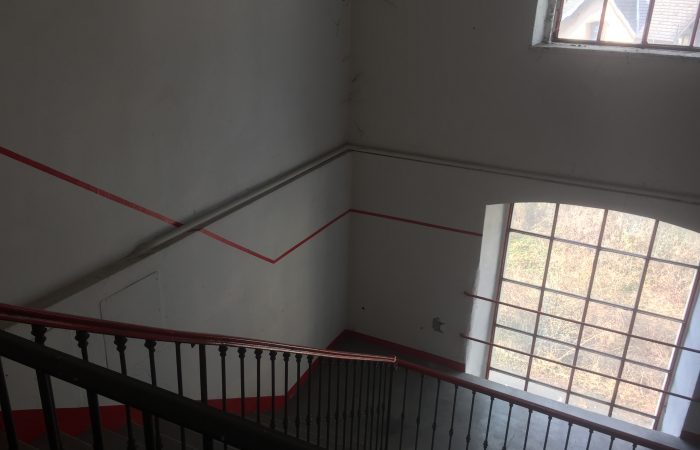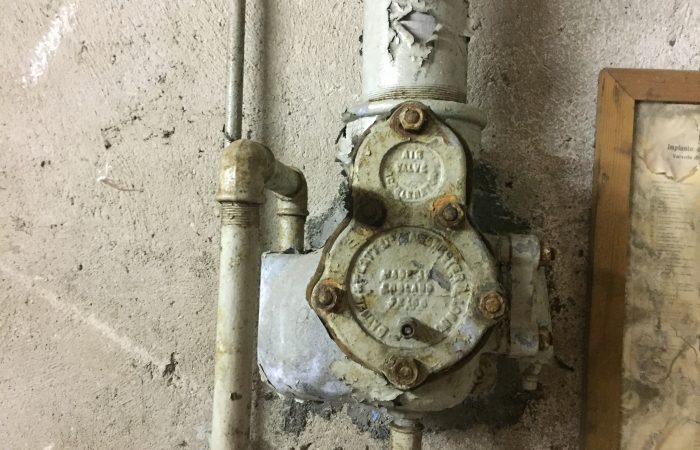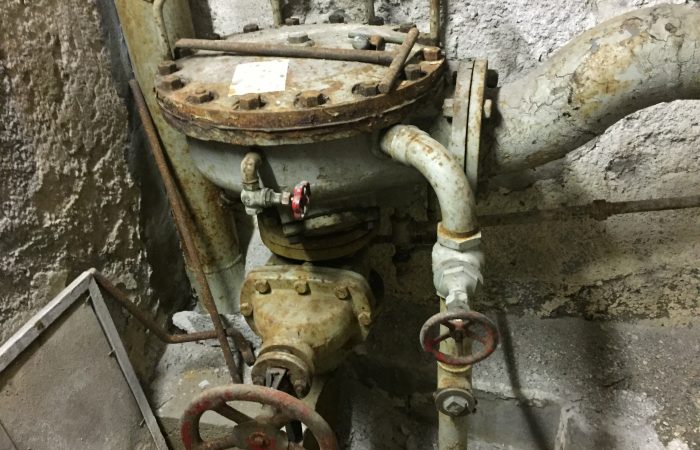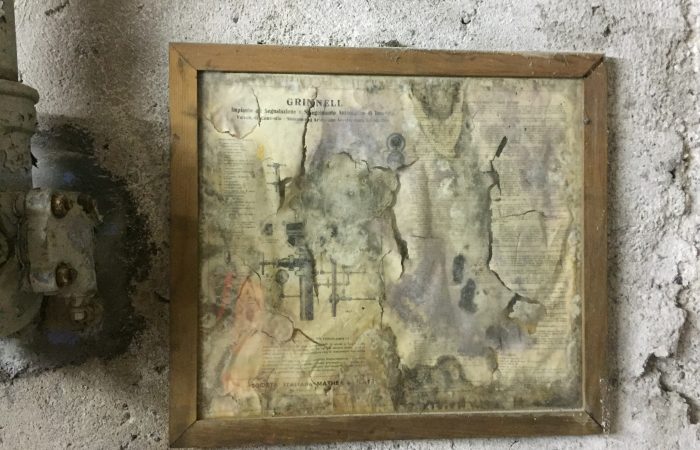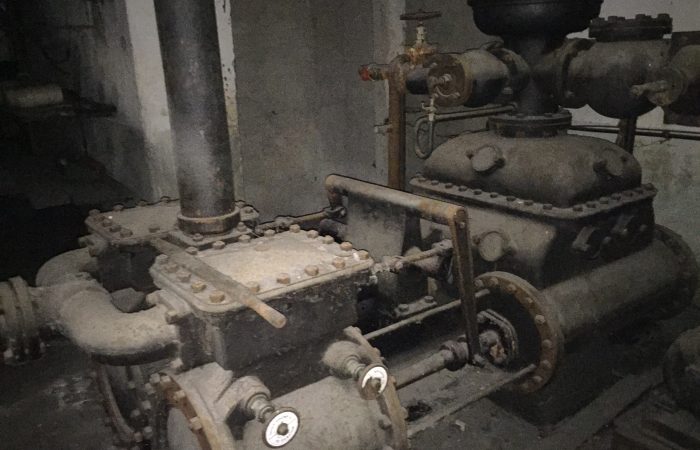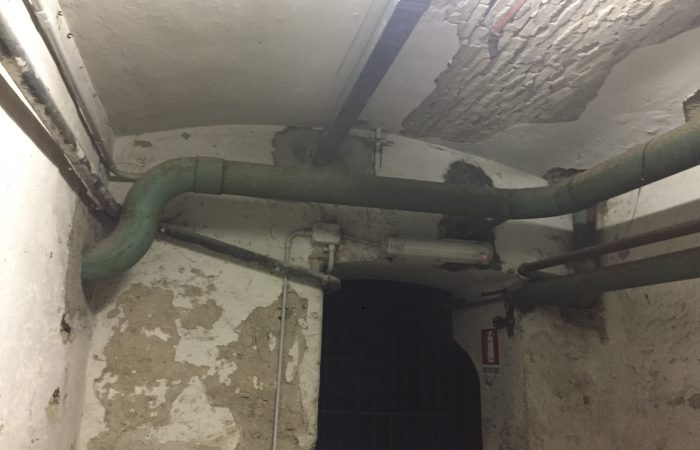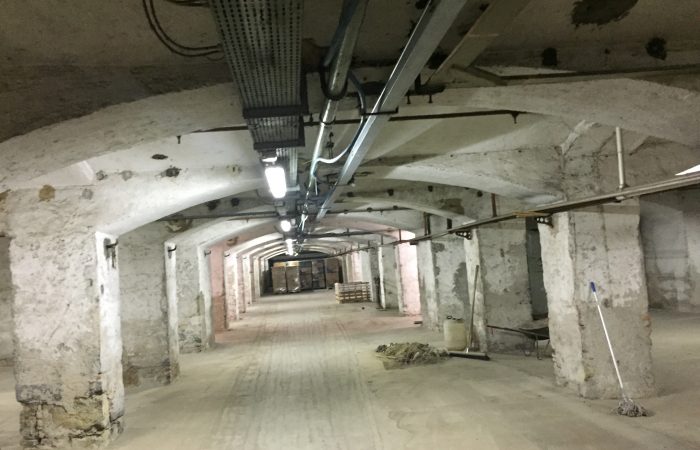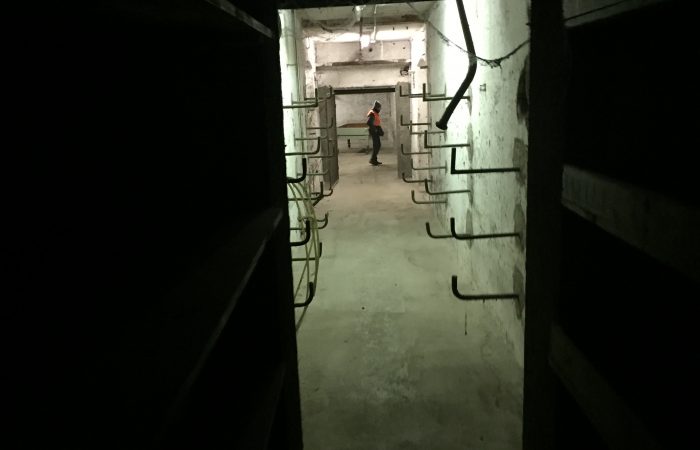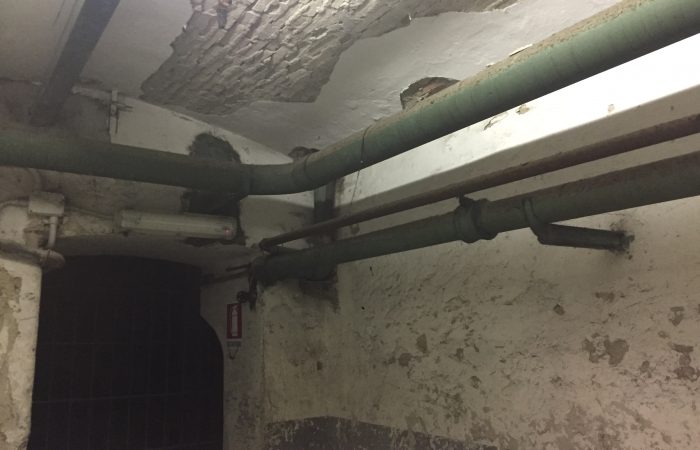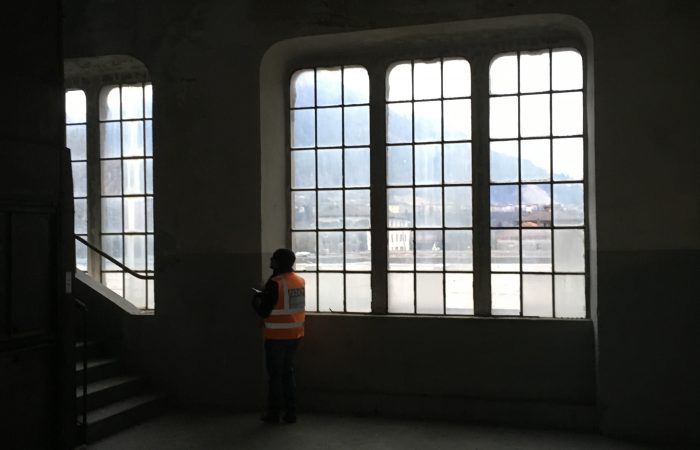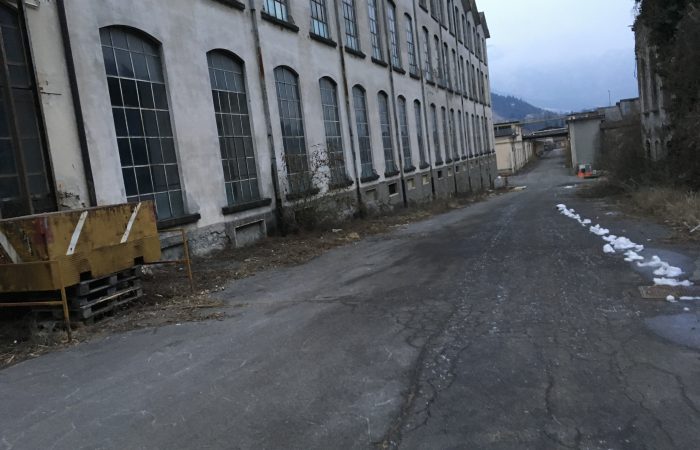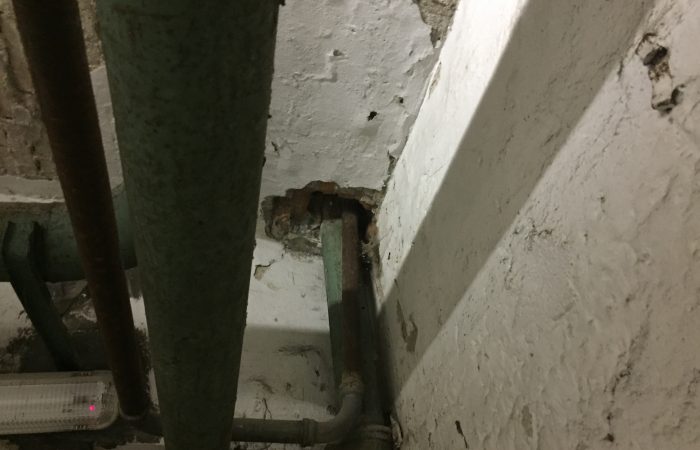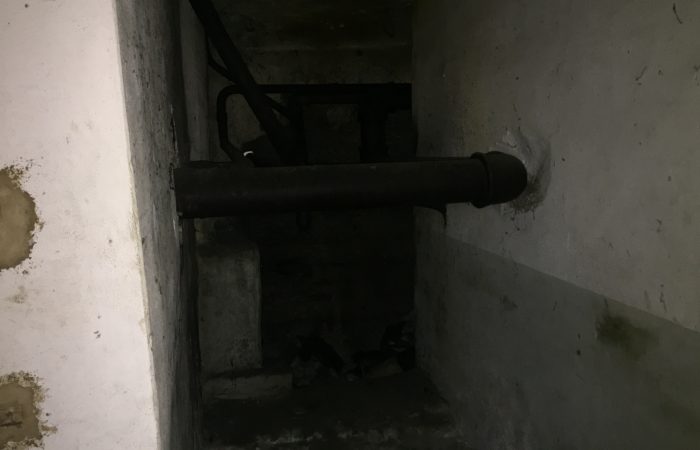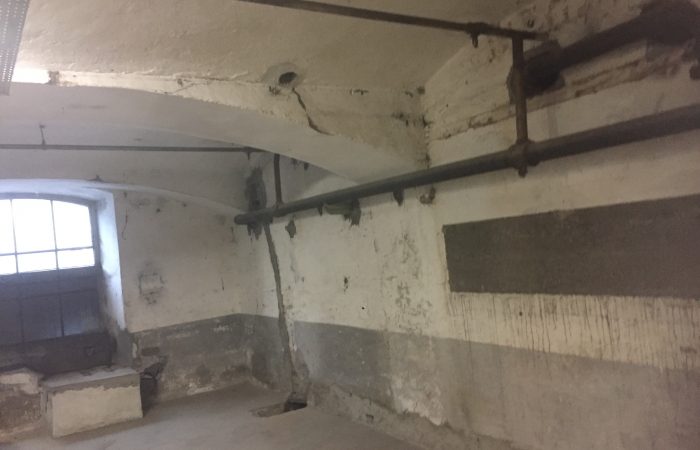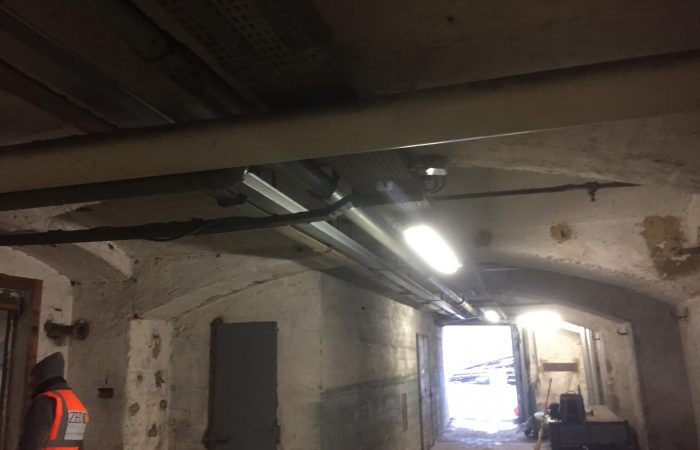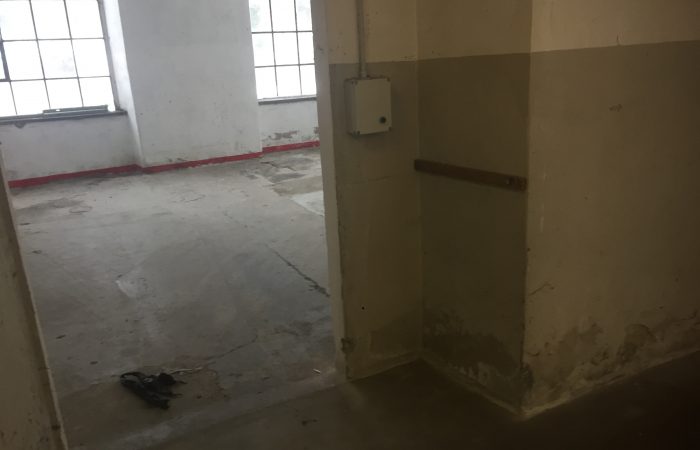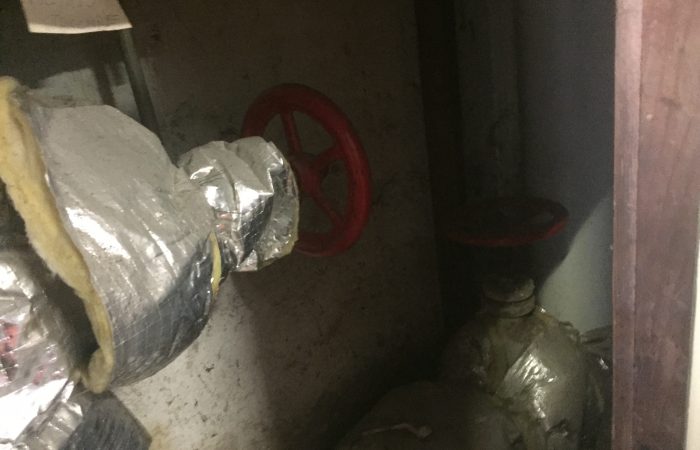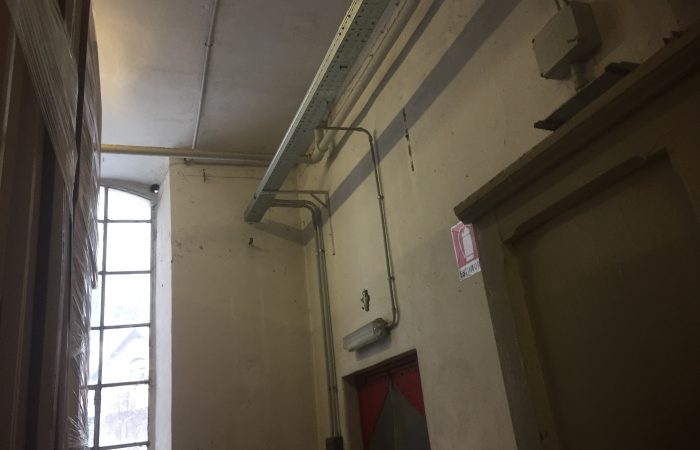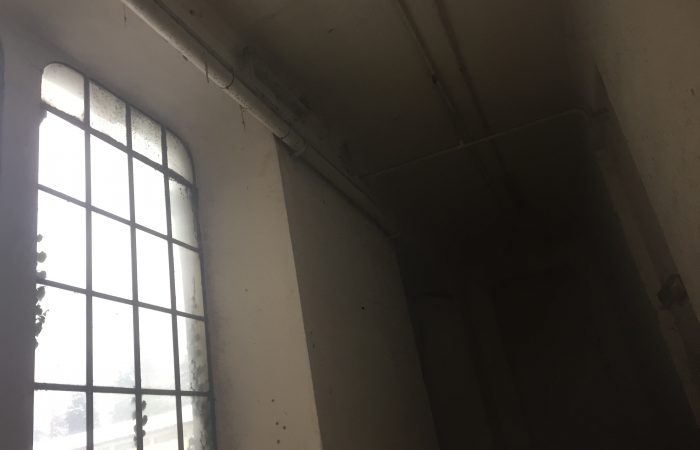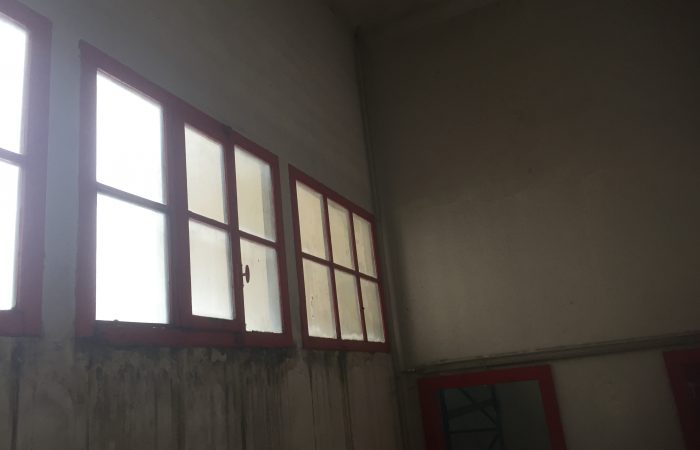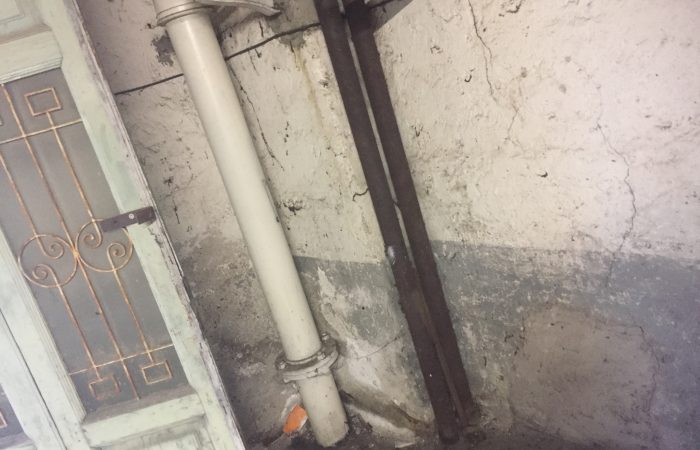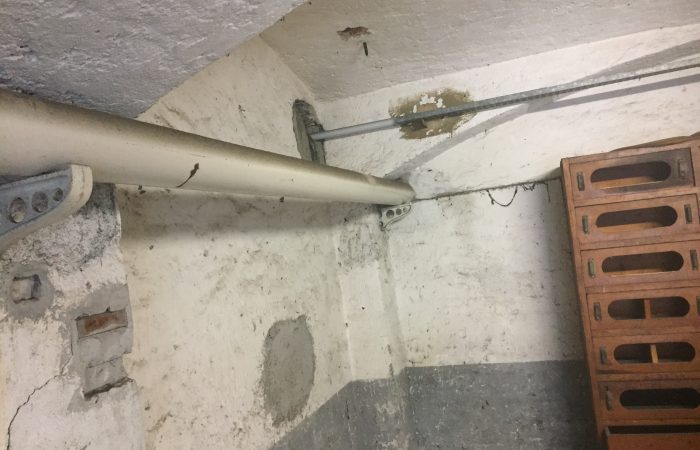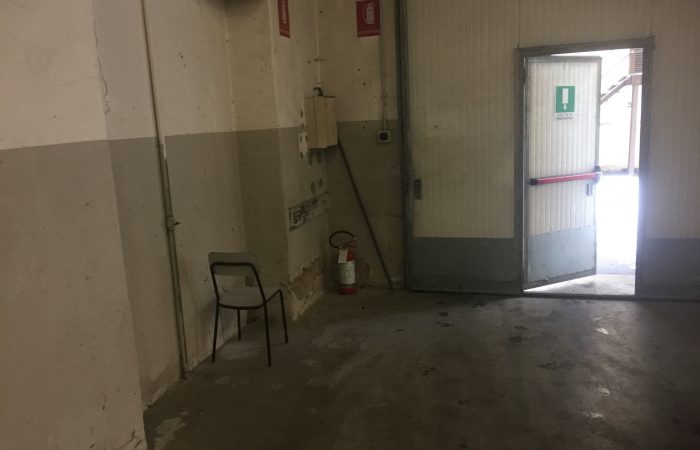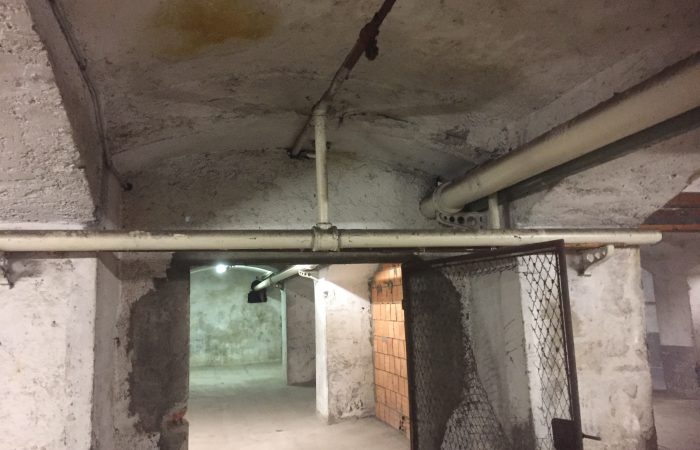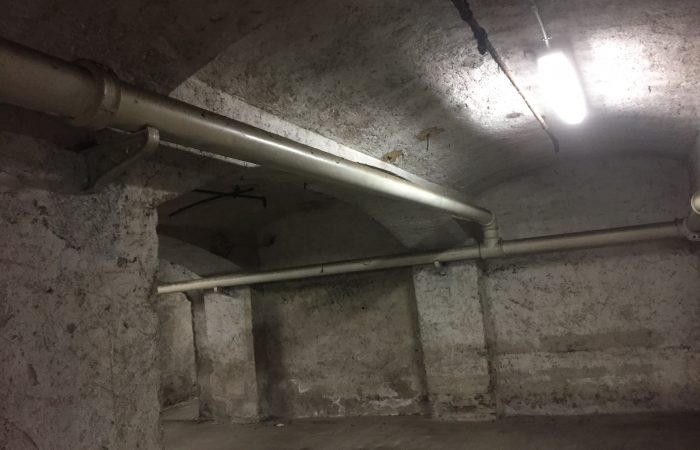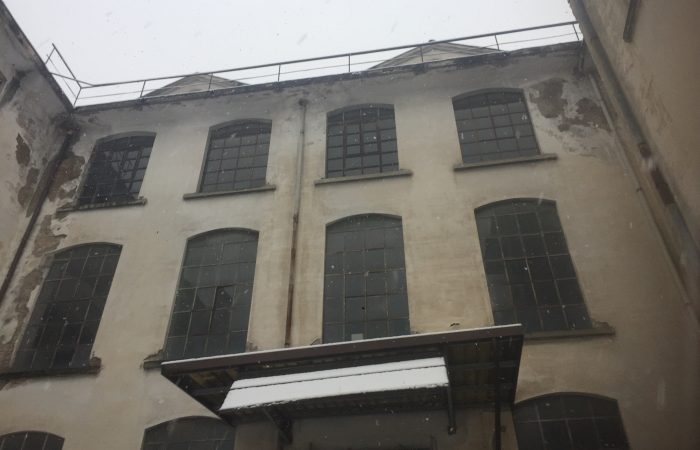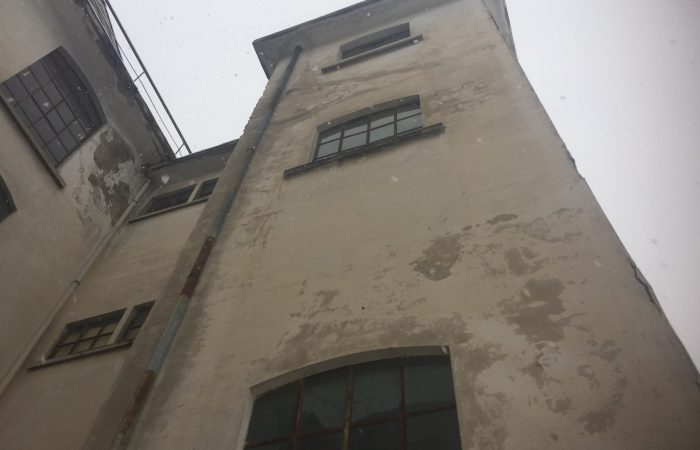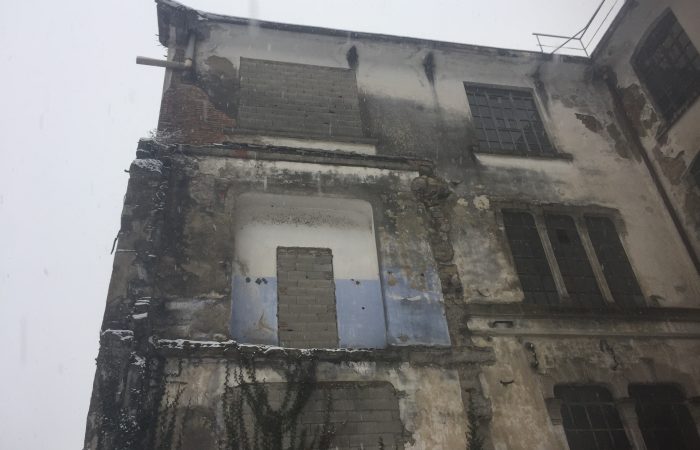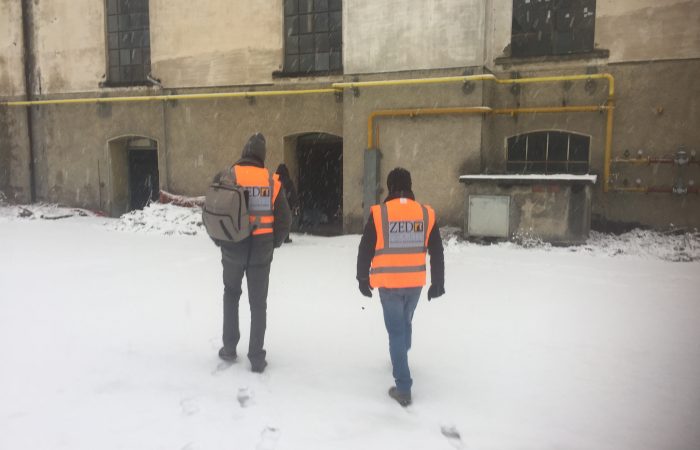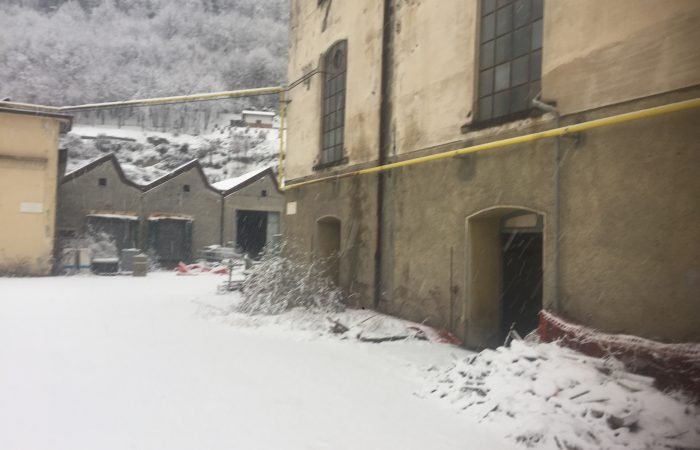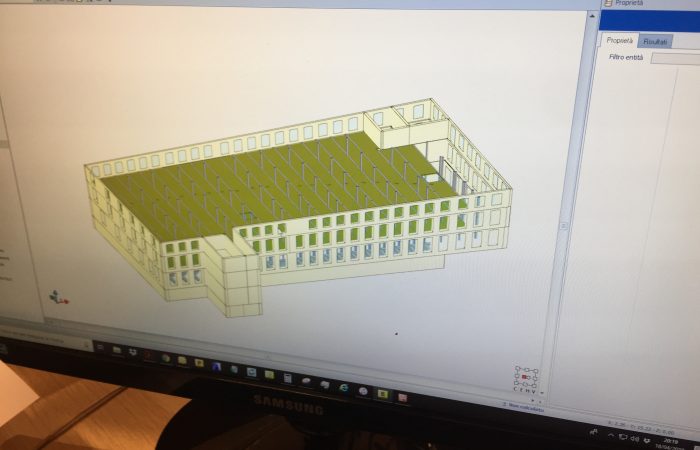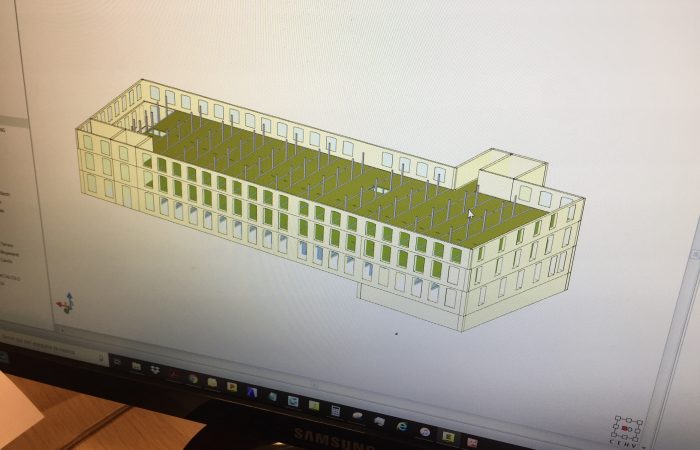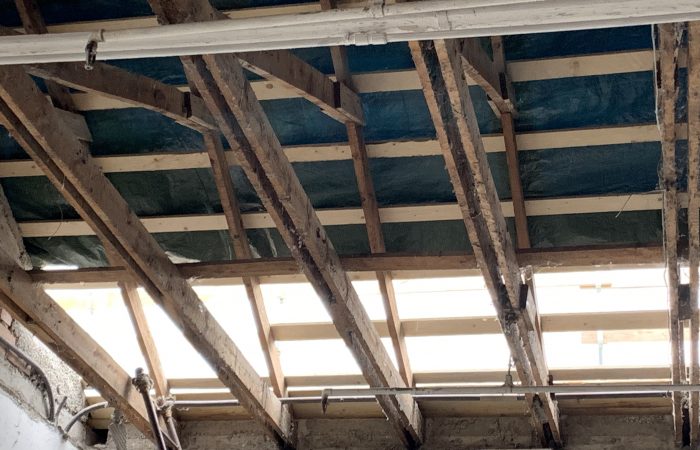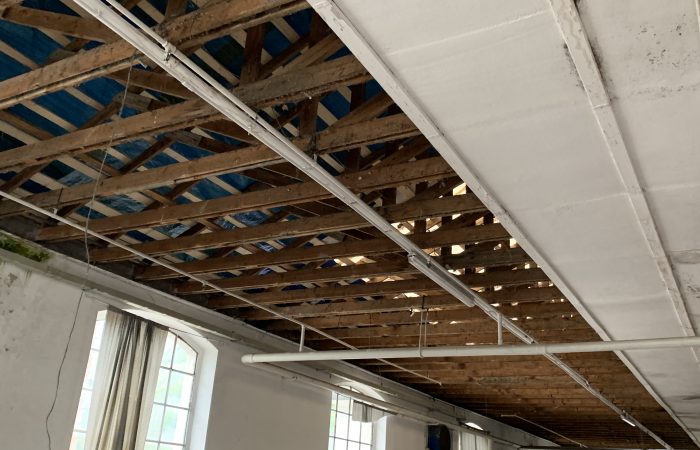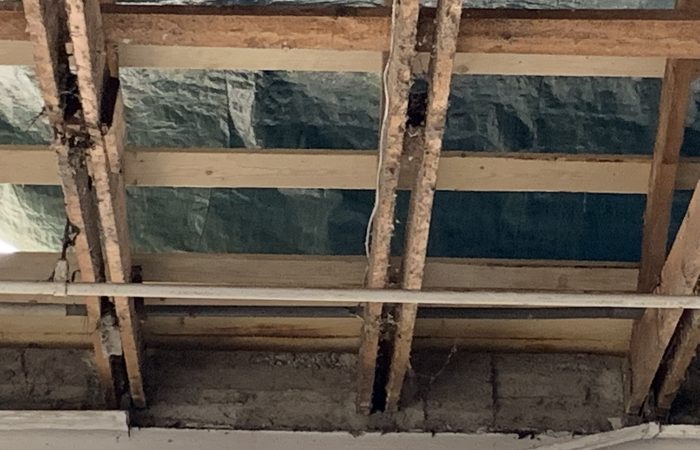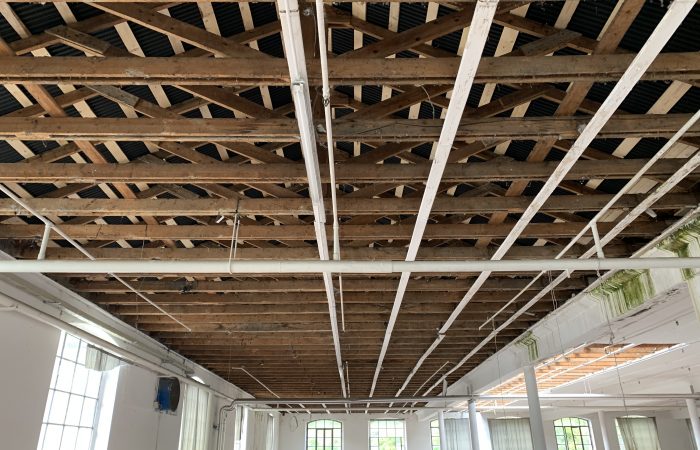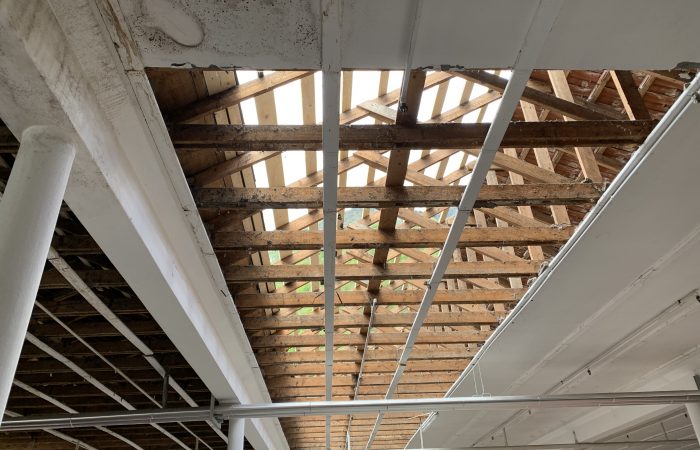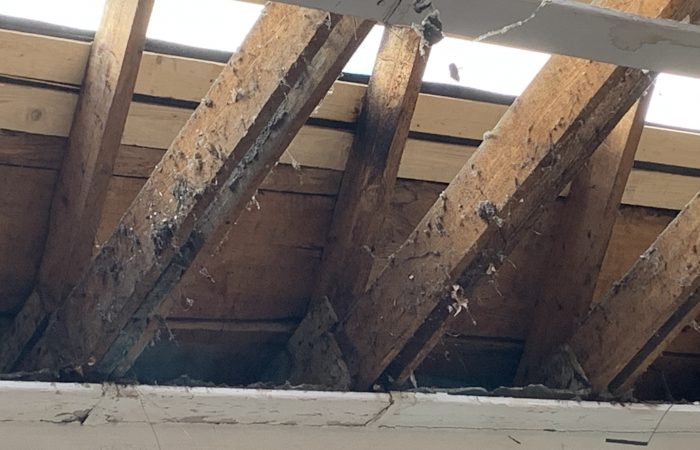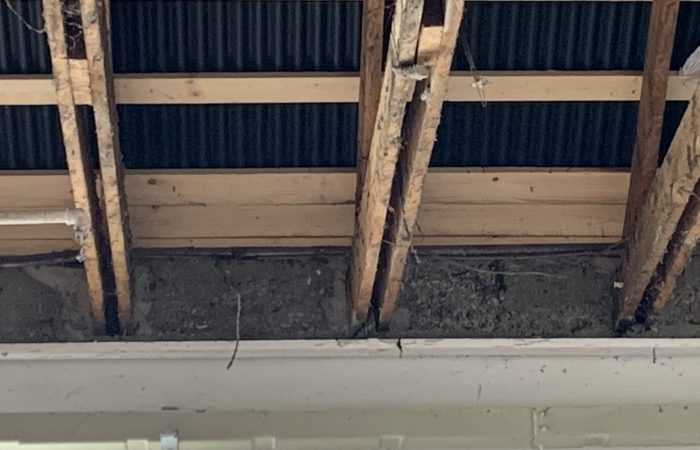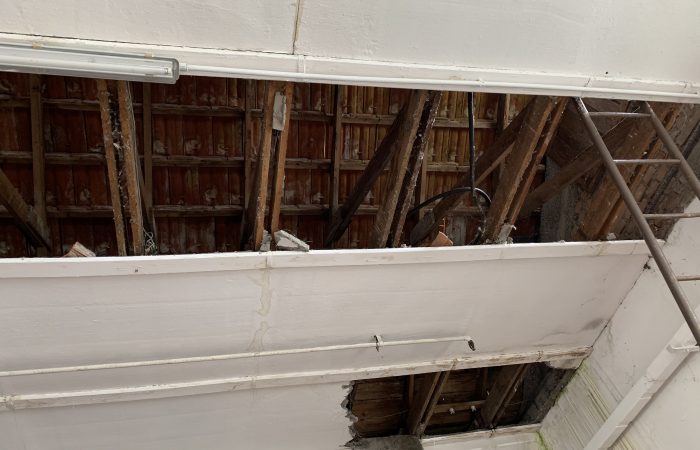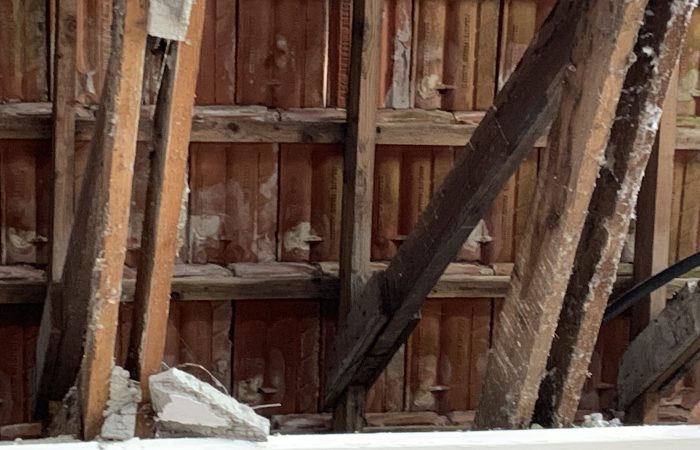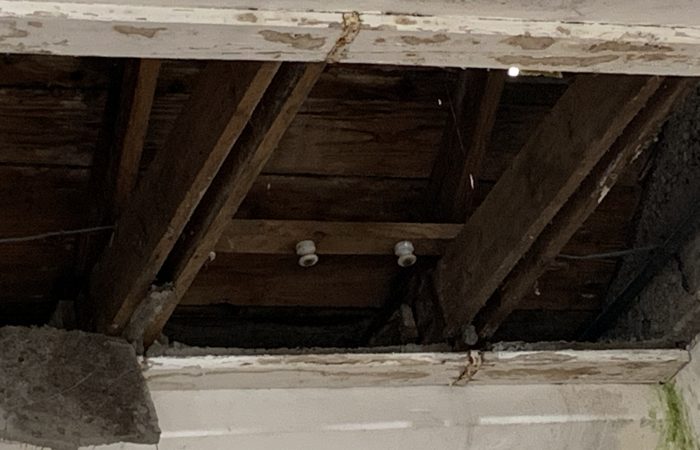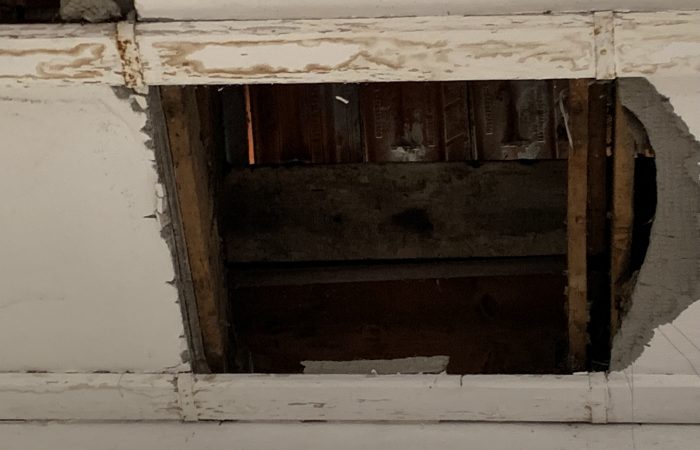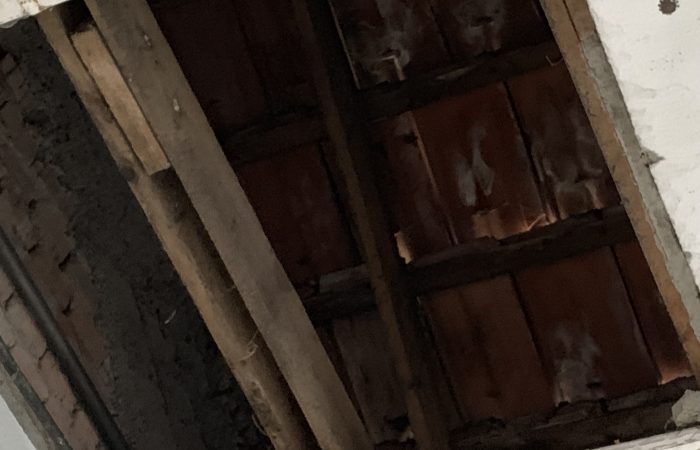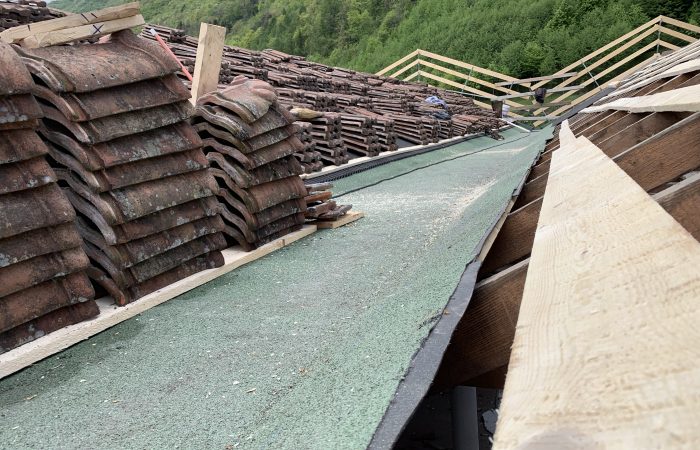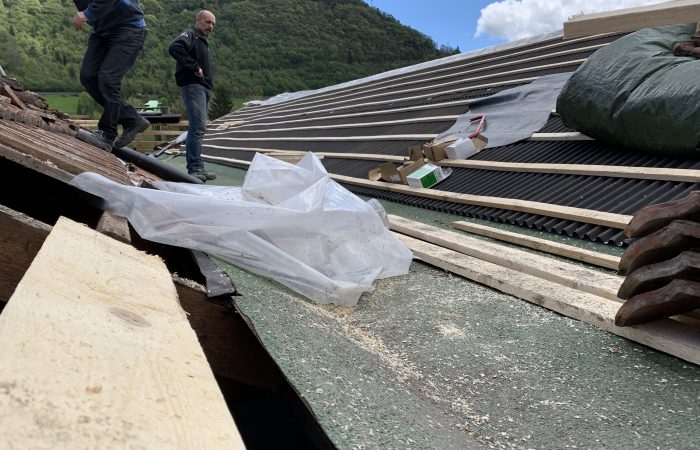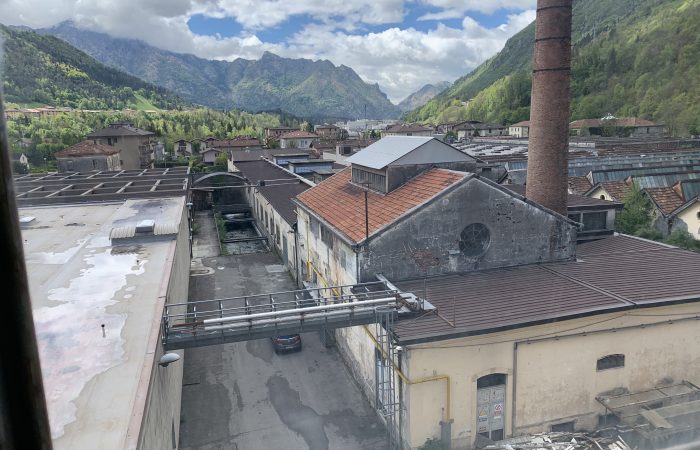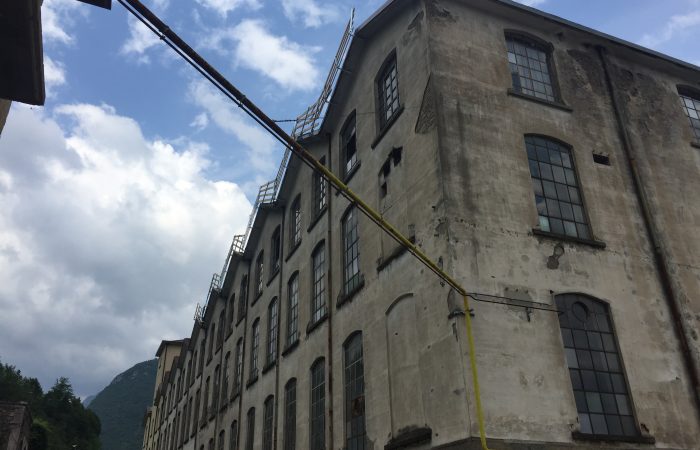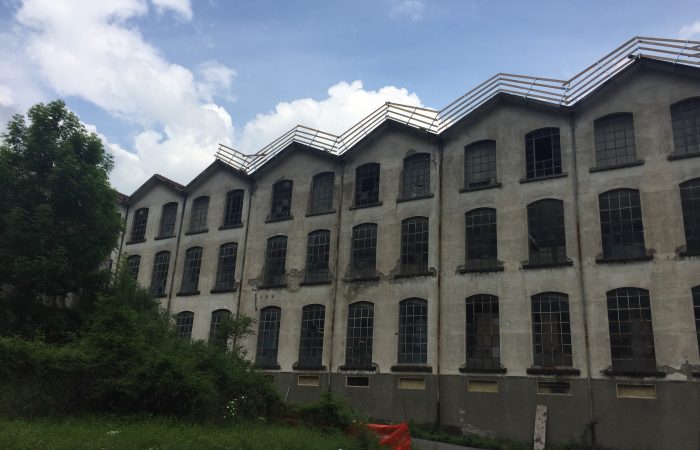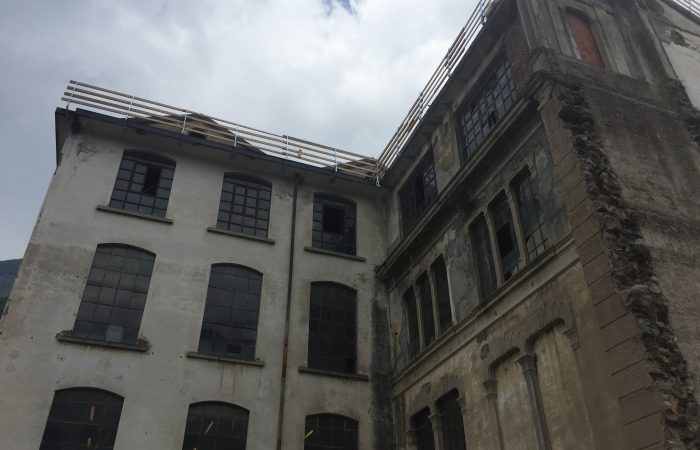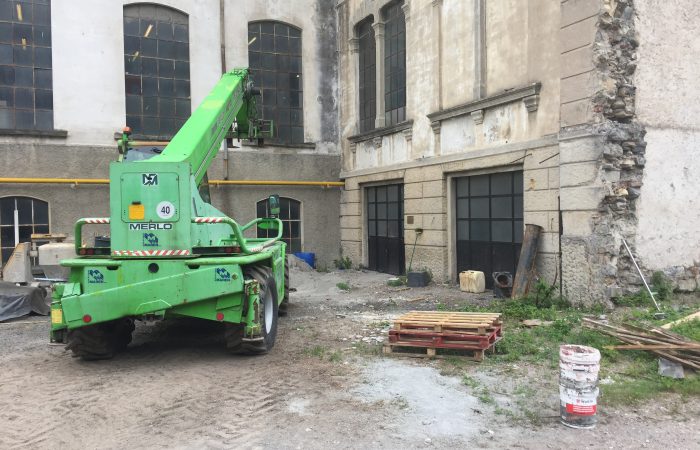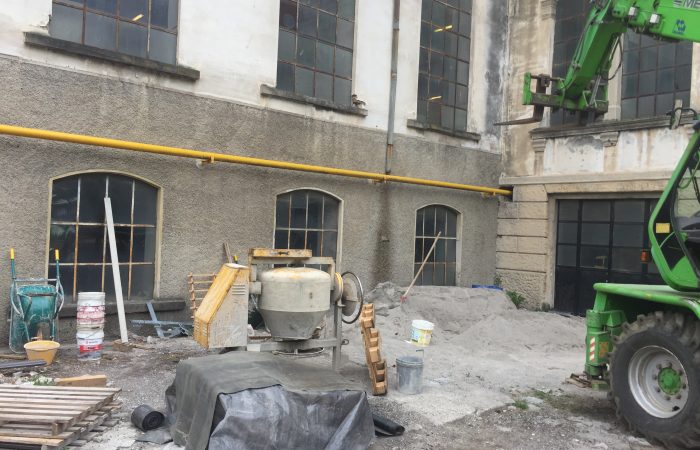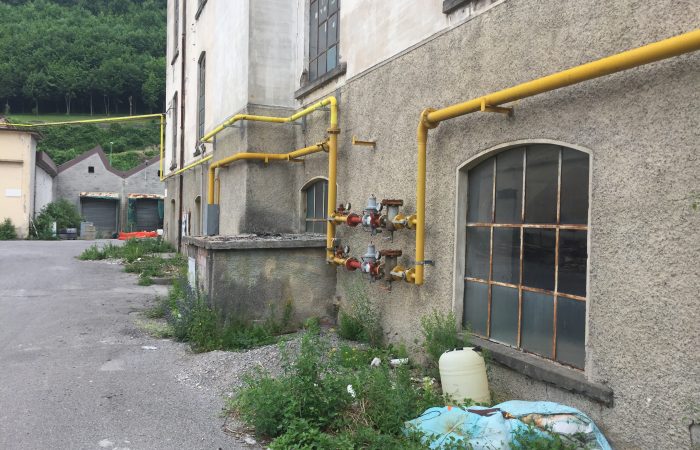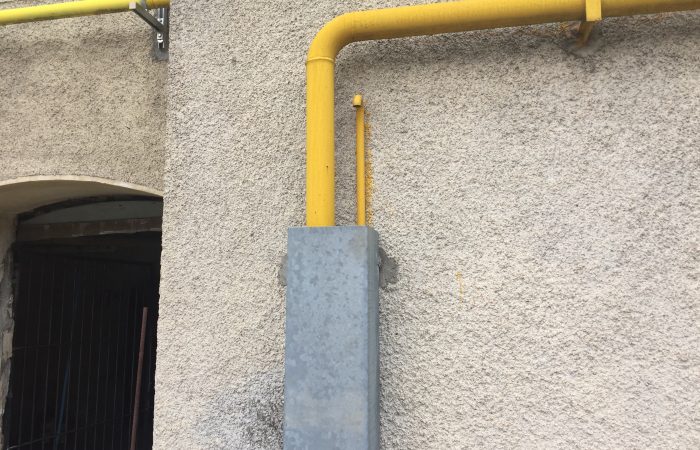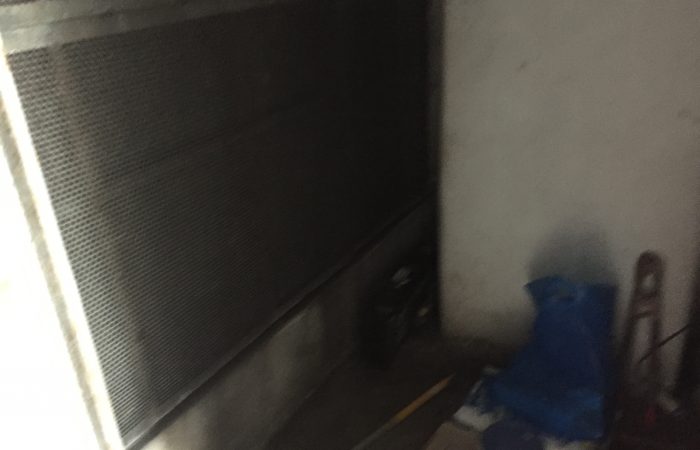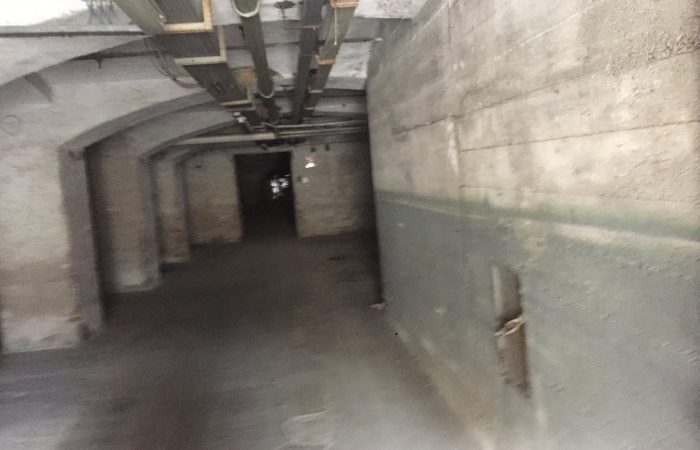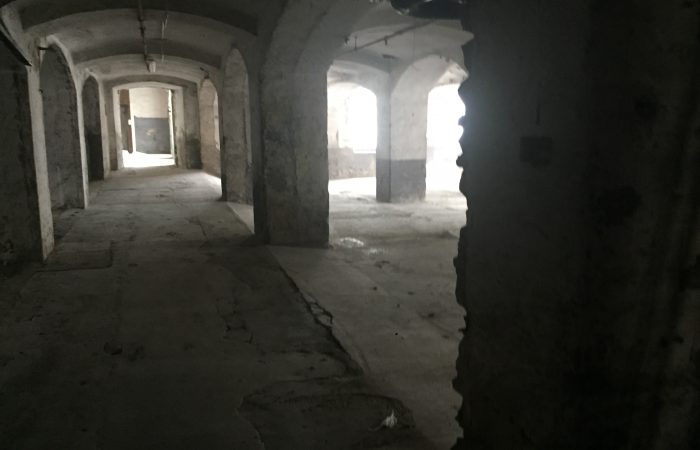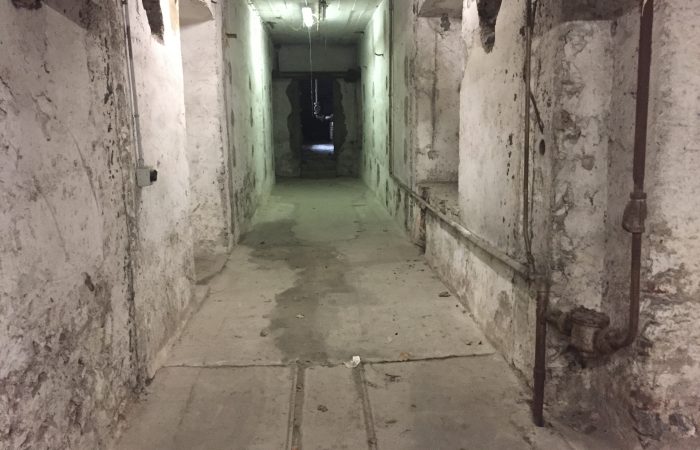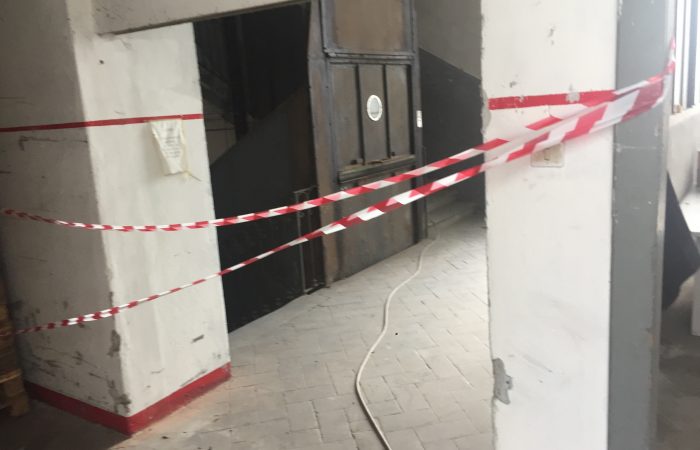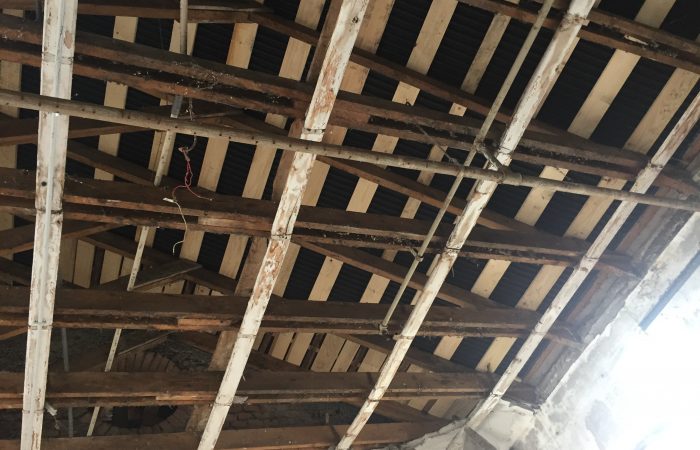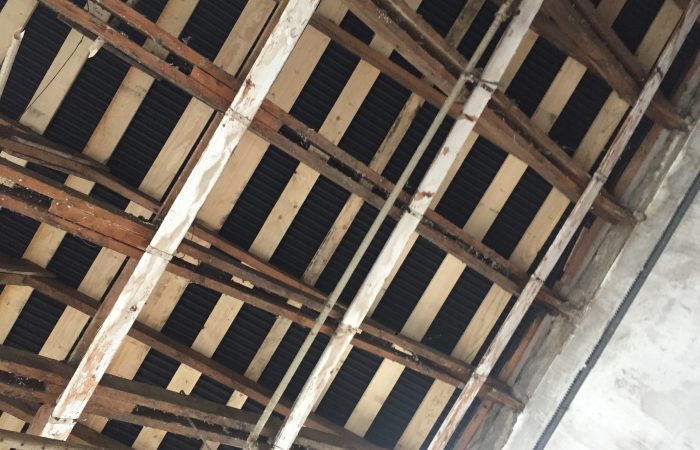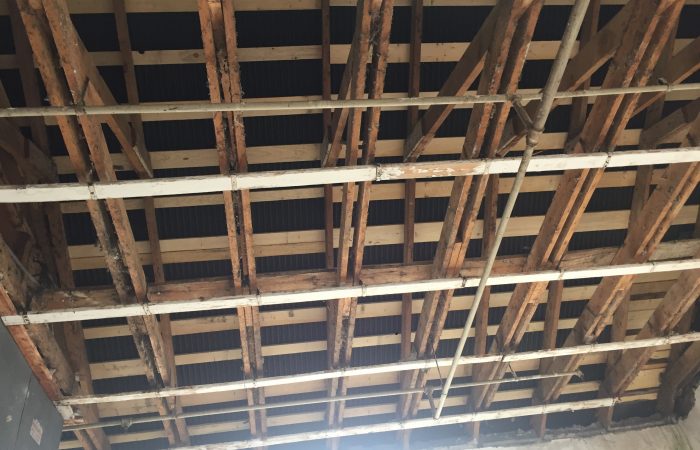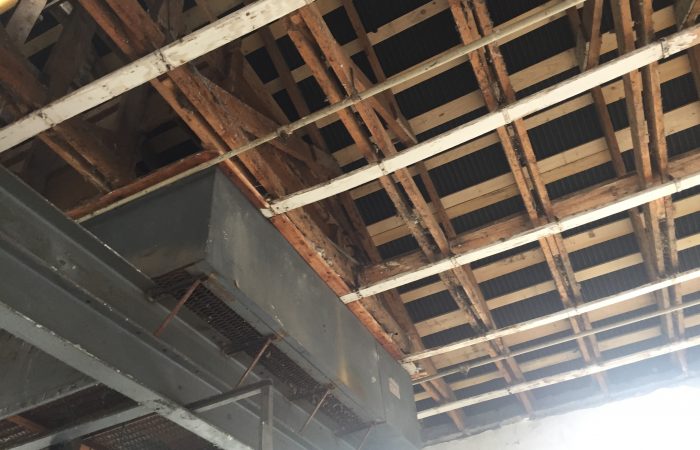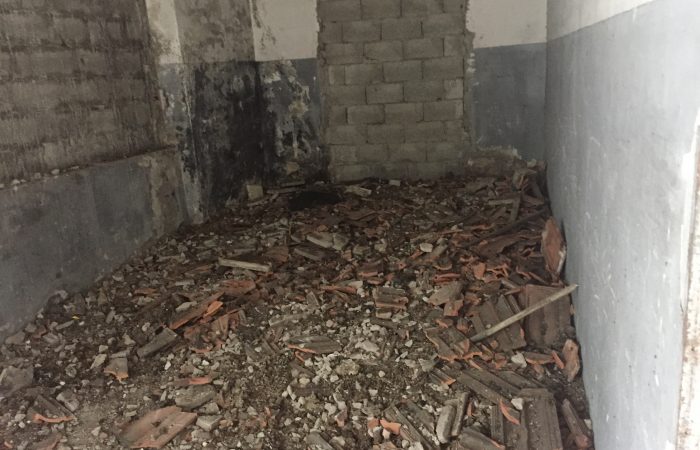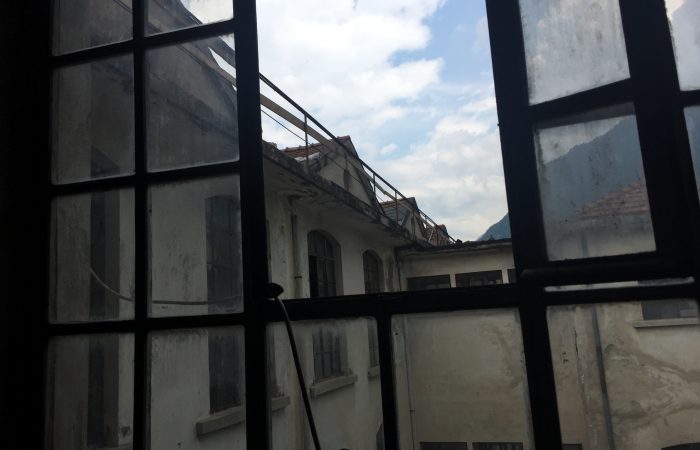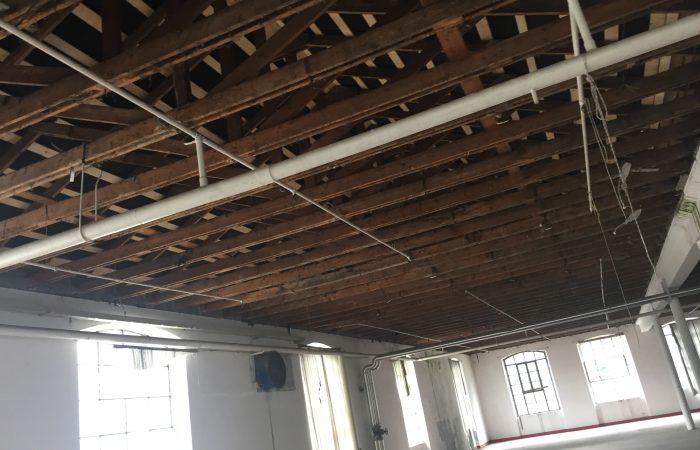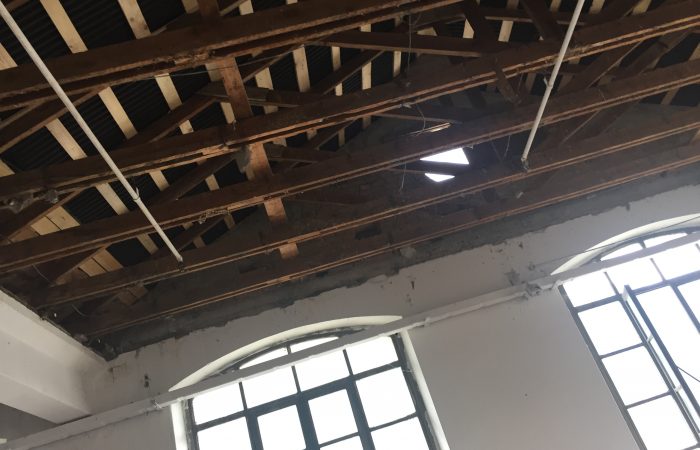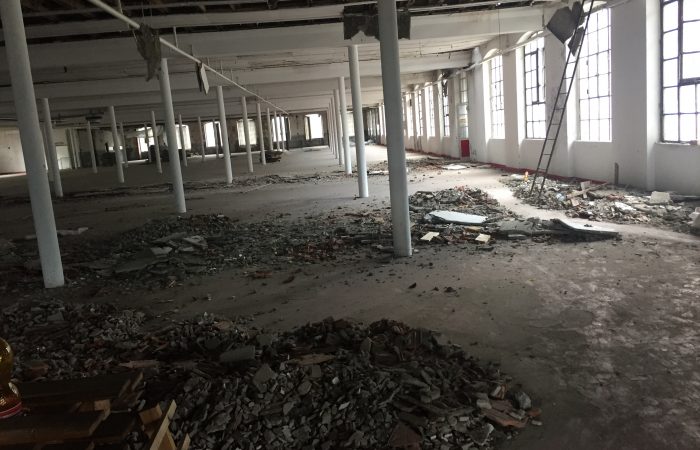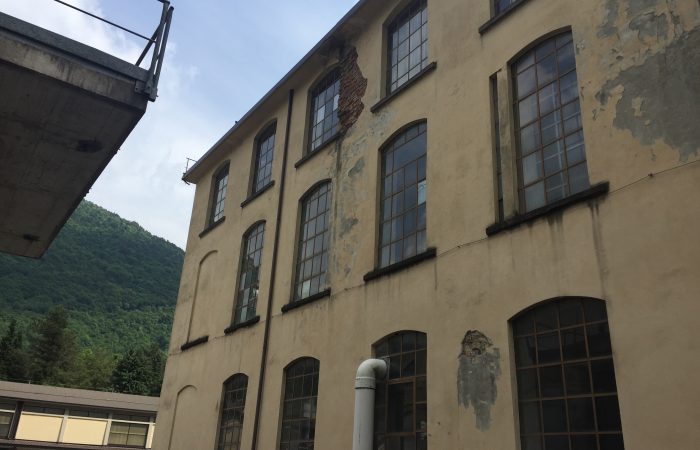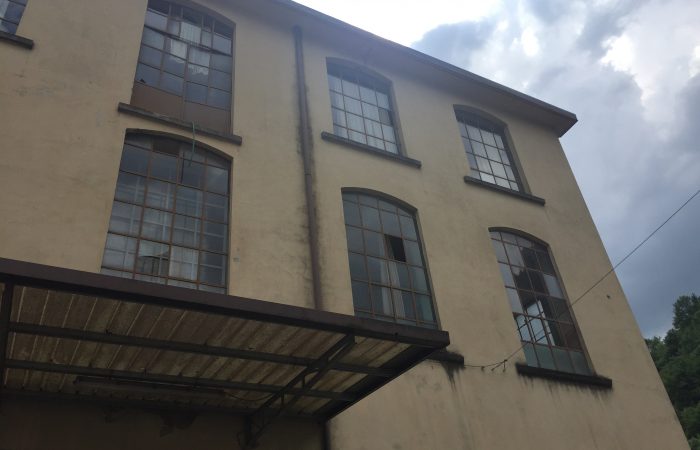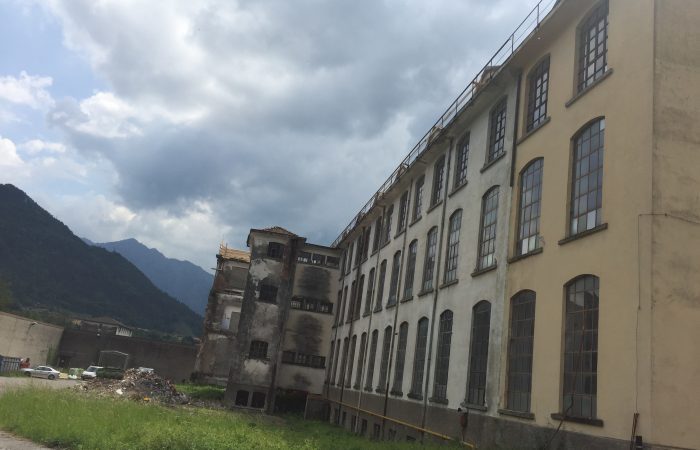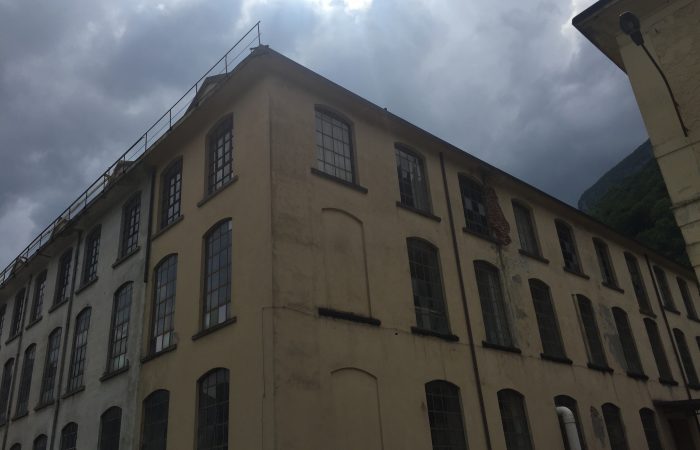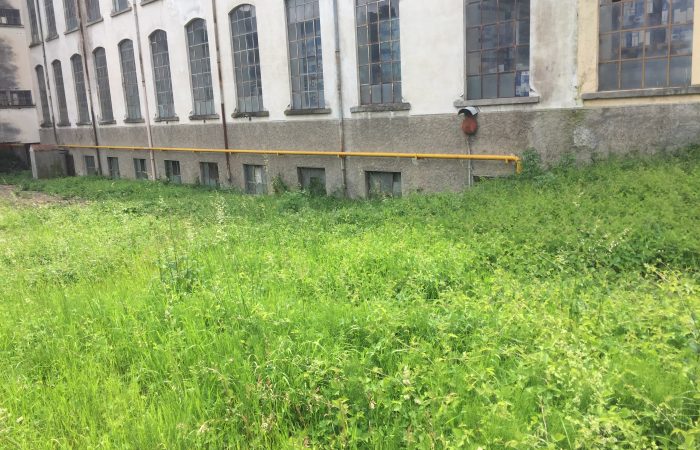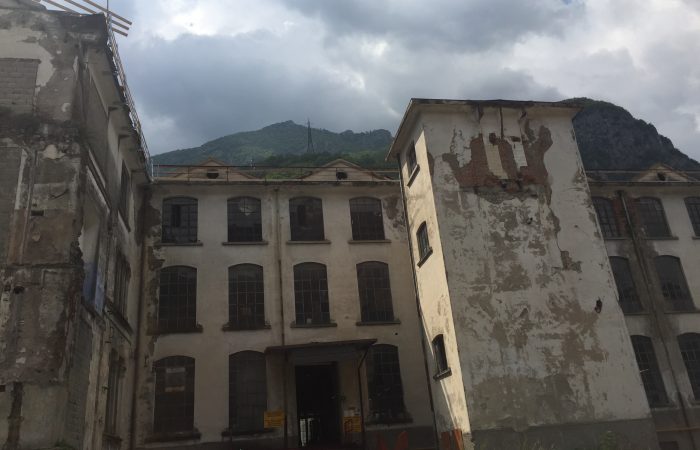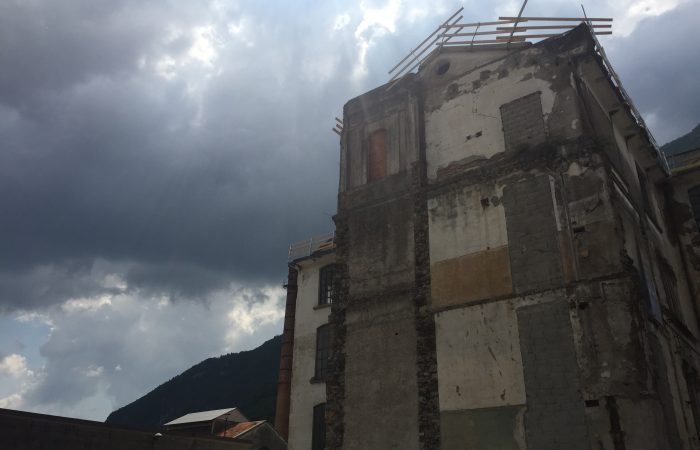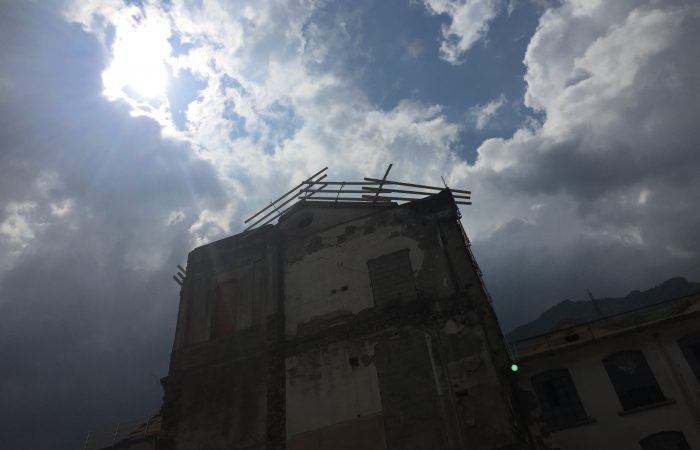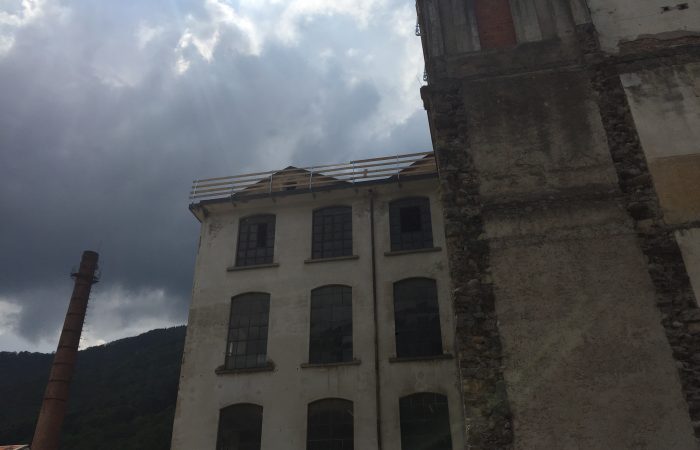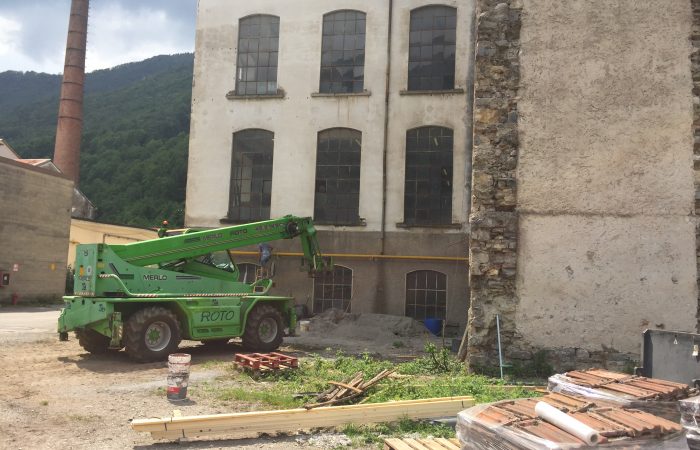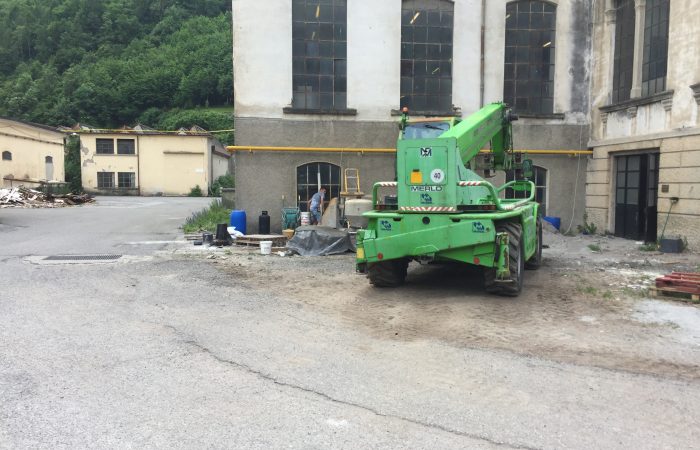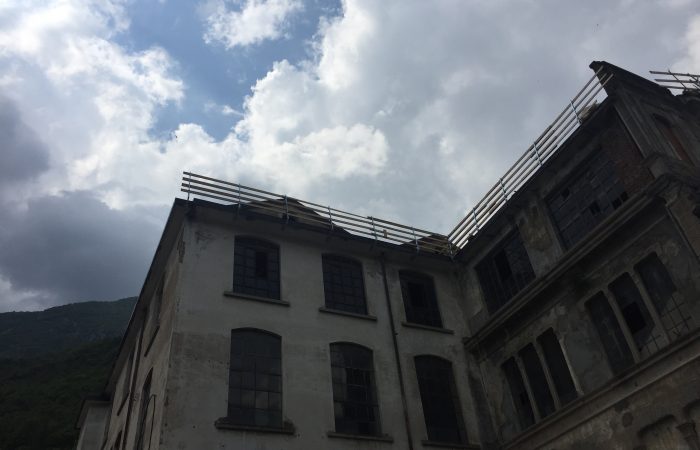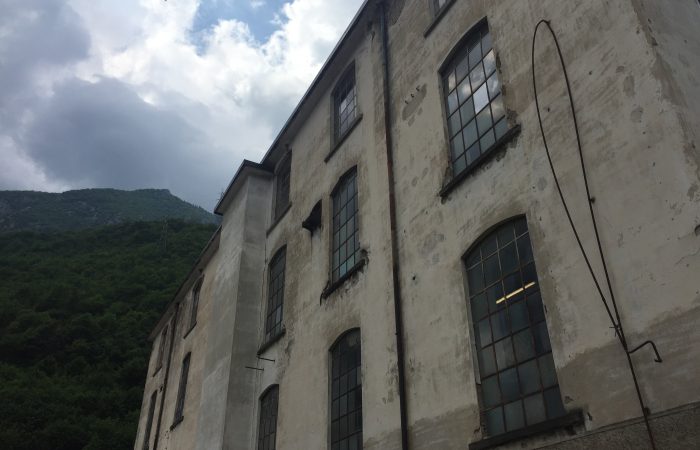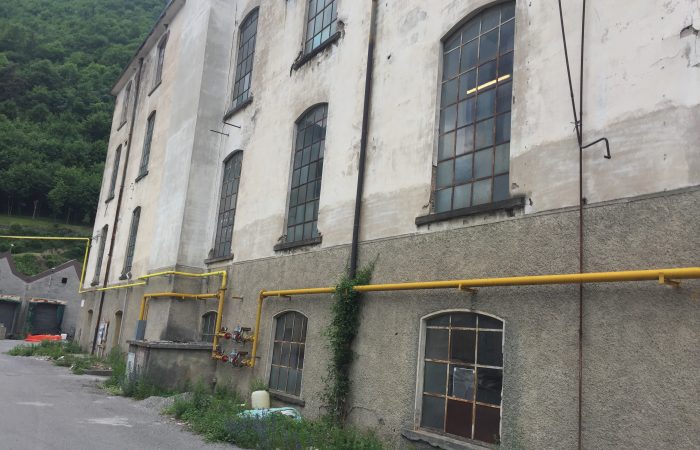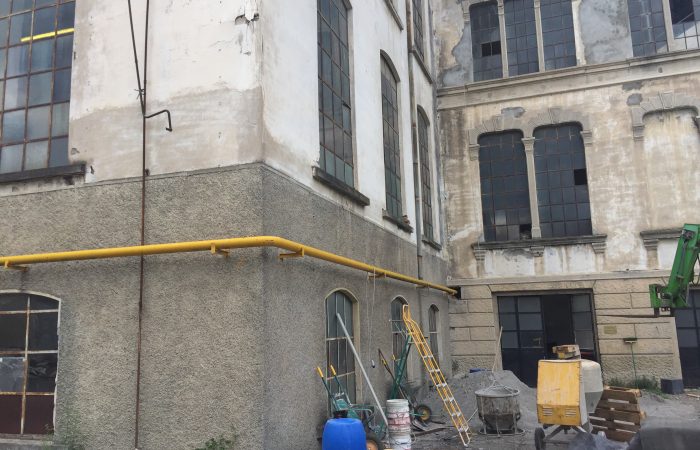Dettagli
cod.: 003PLP19_1
Attività – work: Progettazione, Direzione Lavori opere strutturali e di adeguamento sismico, impianti ed antincendio – Design, works management of structural and seismic adjustment works, systems and fire-prevention
Committente – Client: POLYPOOL SPA
Impresa esecutrice – Building company: CSB SNC DI COSSALI PIERLUIGI & C, FRATELLI VISINI SRL
Collaborazione – Partnership: –
Il cotonificio Festi Rasini e C., società in accomandita semplice , veniva costituito a Milano il 9 marzo 1889 per iniziativa di un gruppo di soci capitanati dai due accomandatari, il conte Giovanni Festi e il commendatore Cesare Rasini.
La posa della prima pietra avvenne l’8 settembre 1889, alla presenza della regina Margherita di Savoia, nel luogo in cui sorgeva la cartiera della famiglia Bonometti.
Già nel 1891 lo stabilimento di Villa d’Ogna nell’Alta Valle Seriana possedeva 8.000 fusi e dava lavoro a un centinaio di operai. Dieci anni più tardi, sostenuta dalla grande domanda di prodotti in cotone, la società era diventata la terza produttrice regionale dietro solo al cotonificio Cantoni e alla Crespi. Parallelamente iniziava un processo di espansione che in breve tempo portò non solo all’acquisizione di una partecipazione nella Reggiani, azienda attiva nel candeggio di tessuti, ma soprattutto ad inaugurare il secondo impianto produttivo a S. Giovanni Lupatoto nel Veronese che arriverà ad occupare, negli anni Trenta, oltre mille operai.
Insieme all’azienda, la Festi Rasini e C. acquisiva i diritti di sfruttamento del canale Marazza in costruzione, mentre nel 1903 entrava in funzione la centrale idroelettrica del Colombarolo, che alimentava le macchine per la filatura fatte arrivare dall’Inghilterra. Quanto all’impianto di Villa d’Ogna, oltre ai sei corpi di fabbrica, la proprietà aveva realizzato l’asilo e le scuole elementari per i figli dei dipendenti e, già dal 1902, aveva favorito la nascita della Società cooperativa della Manifattura Festi Rasini. Il propagarsi della crisi economica mondiale scoppiata alla fine del 1929 e l’aprirsi della seconda stagione bellica di certo non avrebbero favorito la crescita dell’impresa. Dagli anni Cinquanta in avanti, sia pure in presenza di alcune difficili fasi congiunturali, la Manifattura Festi Rasini Spa avrebbe continuato a distinguersi all’interno del forte comparto tessile bergamasco.
Il crescere della concorrenza interna e soprattutto internazionale, infatti, non mancava di farsi pesantemente sentire anche per l’impresa. Tra il 1981 e l’84, due operazioni di aumento di capitale servirono a dare maggior respiro, ma non certo a dare un nuovo impulso alla IFR. Nel dicembre del 1985, si arrivò così all’ammissione della società alla procedura di amministrazione controllata e, di lì a poco, a quella di concordato preventivo. Gli impianti vennero ceduti al gruppo Zambaiti, mentre nell’autunno del 1987 la IFR – Industrie Festi Rasini Spa venne sottoposta ad una profonda revisione.
Nel corso del 2000, la società apriva la liquidazione volontaria e, nell’autunno del 2004, depositava il bilancio finale di liquidazione: anticamera questa della richiesta di cancellazione dal Registro delle imprese avvenuta nel dicembre dello stesso anno.
Lo stabilimento, attualmente in stato di abbandono si compone di tre piani più in un seminterrato ed un sottotetto per complessivi 12000 mq circa. La progettazione degli interventi per la risoluzione problematiche in ambito strutturale e ripristino di condizioni di livello sismico ai sensi D.M. 17/01/2018, D.M. 14/01/2008, Circ. 02/02/2009 N.617, EUROCODICE 6, nonchè a livello impiantistico prevederà:
Strutture verticali
- Ai livelli intermedi si procederà alla realizzazione ed unione di nuovi solai di piano alle murature portanti mediante connessioni puntuali ancorate ai paramenti opposti;
- Per migliorare il comportamento d’assieme della costruzione si procederà alla realizzazione di ammorsamenti tra le pareti mediante perforazioni armate in corrispondenza dei cantonali e dei martelli murari;
- Per ricostituire la compagine muraria si procederà alla chiusura, ove necessario delle cavità presenti (canne fumarie, scarichi, nicchie) mediante la tecnica dello scuci-cuci;
- in punti particolari, a causa della presenza di trazione per talune combinazioni di carico, si procederà al placcaggio delle pareti con tessuti FRP disposti su entrambi i lati.
Orizzontamenti
- Al piano interrato saranno conservate le volte di buona fattura . Si procederà a una operazione di rinforzo mediante la creazione di una controvolta di limitato spessore (3 cm) armata con rete in GFRP.
- Recupero e trattamento dell’intera struttura della copertura.
Impianti
- Sostituzione degli impianti elettrici
- Recupero, ove possibile, e sostituzione degli impianti sprinkler con verifica delle condizioni di rispetto della normativa antincendio
- Introduzione di impianto di riscaldamento ad aerotermi al piano terra
Torna all'Archivio ProgettiThe cotton mill “Festi Rasini e C.”, a limited partnership, was established in Milan on 9 March 1889 on the initiative of a group of partners led by the two general partners, Count Giovanni Festi and the commendatore Cesare Rasini.
The foundation stone was laid on 8 September 1889, in the presence of Queen Margherita di Savoia, on the site of the Bonometti family’s paper mill.
Already in 1891 the Villa d’Ogna plant in the Upper Seriana Valley owned 8,000 spindles and employed about a hundred workers. Ten years later, sustained by the great demand for cotton products, the company became the third regional producer behind only the Cantoni cotton mill and Crespi. At the same time, a process of expansion began which soon led not only to the acquisition of a stake in Reggiani, a company active in the bleaching of fabrics, but above all to the inauguration of the second production plant in S. Giovanni Lupatoto in the Veronese area, which in the 1930s was to employ over a thousand workers.
Together with the company, Festi Rasini e C. acquired the rights to exploit the Marazza canal under construction, while in 1903 the Colombarolo hydroelectric power station went into operation, feeding the spinning machines arriving from England. As for the Villa d’Ogna plant, in addition to the six factory buildings, the property had created the kindergarten and primary schools for the children of the employees and, as early as 1902, had favoured the creation of the cooperative society of the Manifattura Festi Rasini. The spread of the world economic crisis that broke out at the end of 1929 and the opening of the second war season would certainly not have favoured the growth of the company. From the 1950s onwards, even in the presence of some difficult economic phases, Manifattura Festi Rasini Spa would have continued to distinguish itself within the strong Bergamo textile sector.
The growth of internal and especially international competition, in fact, did not fail to make itself felt heavily for the company. Between 1981 and 1984, two capital increase operations served to give more breathing space, but certainly not to give a new impulse to IFR. In December 1985, the company was admitted to the procedure of receivership and, shortly thereafter, to the procedure of composition with creditors. The plants were sold to the Zambaiti group, while in the autumn of 1987 the IFR – Industrie Festi Rasini Spa was subjected to a deep revision.
In the course of 2000, the company opened the voluntary liquidation and, in the autumn of 2004, deposited the final liquidation balance sheet: this is the antichamber of the request for cancellation from the Register of Companies that took place in December of the same year.
The plant, currently in a state of abandonment, is composed of three floors plus a basement and an attic for a total of about 12000 square meters. The design of interventions for the resolution of structural problems and restoration of seismic level conditions in accordance with Ministerial Decree 17/01/2018, Ministerial Decree 14/01/2008, Circular 02/02/2009 No. 617, EUROCODICE 6, as well as at plant level will provide:
Vertical structures
At the intermediate levels, new floor slabs will be built and joined to the load-bearing walls by means of point connections anchored to the opposite walls;
In order to improve the overall behaviour of the construction, deformations will be made between the walls by means of reinforced perforations in correspondence with the cantons and the wall hammers;
To reconstitute the wall structure, the existing cavities (flues, drains, niches) will be closed, where necessary, using the scuci-cuci technique;
in particular points, due to the presence of traction for certain load combinations, the walls will be plated with FRP fabrics arranged on both sides.Slabs
In the basement will be kept the vaults of good workmanship . A reinforcement operation will be carried out by creating a counter-rotating of limited thickness (3 cm) reinforced with GFRP net.
Recovery and treatment of the entire structure of the roof.Installations
Replacement of electrical installations
Recovery, where possible, and replacement of sprinkler systems with verification of the conditions of compliance with fire regulations
Introduction of a unit-heating system on the ground floor


